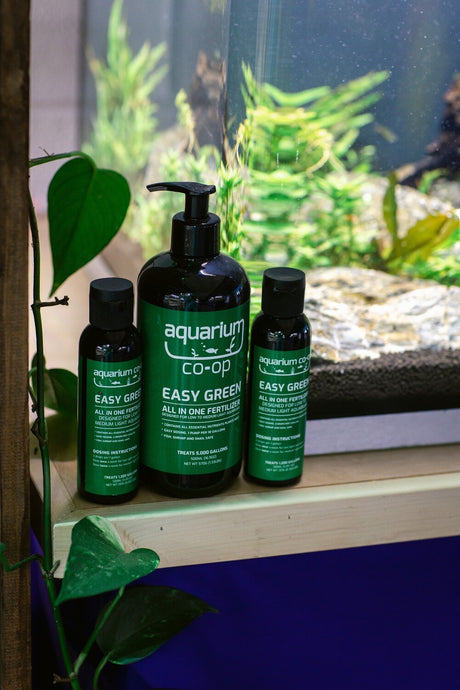Venustus goby (Lentipes venustus)
Venustus goby (Lentipes venustus) is backordered and will ship as soon as it is back in stock.
Delivery and Shipping
Delivery and Shipping
Product Refunds & Returns
- Returns can be processed within 14 days from purchase.
- To return products, they must be in original condition
- Shipping expenses are not refundable
- If your items have been damaged in shipping, please contact us within 24 hours of receipt with photos, and we will assist you.
Livestock Refunds, Returns, & Surrenders
- If you are unhappy with your livestock for any reason, you can bring it back within 72 hours for a full refund; we do not pick up returns
Venustus goby (Lentipes venustus)
Description
Description
Lentipes venustus, also known as the Venustus goby or Venus Goby.
-
Etymology:
- The name “Lentipes” combines Latin words: lens (meaning “slow”) and pes (meaning “foot”), possibly referring to their methodical movements.
- “Venustus” comes from Latin, meaning “beautiful,” “elegant,” or “graceful.” This name aptly describes the remarkable coloration in males.
-
Habitat and Distribution:
- Lentipes venustus inhabits freshwater streams in the D’Entrecasteaux Islands within Milne Bay Province, Papua New Guinea.
- These streams flow through mountainous terrain, providing cool, clear, and fast-flowing waters.
- The goby is typically found at depths ranging from approximately 0.5 to 1.3 meters.
- When observed, they often rest on the stream bottom, attached to rock surfaces using their pelvic sucker.
-
Physical Characteristics:
- Dorsal spines: 7
- Dorsal soft rays: 10
- Anal spines: 1
- Anal soft rays: 9-10
- Males exhibit striking sexual dichromatism:
- Bright blue coloration over much of the body.
- Ventral half of the head is red.
- A broad reddish bar appears below the second dorsal fin.
- Dorsal and anal fins are red with pale margins.
- Females, on the other hand, are mainly semi-translucent tan with a poorly defined brown stripe along the lower side.
-
Life Cycle and Behavior:
- Lentipes venustus follows an amphidromous lifestyle:
- Adults live and spawn in freshwater streams.
- Their tiny newly hatched larvae are too underdeveloped to be called fry.
- They adapt to swift-flowing streams, where they cling to rocks using their specialized pelvic sucker.
- Lentipes venustus follows an amphidromous lifestyle:
-
Size:
- Maximum length for males/unsexed individuals: 4.0 centimeters (1.6 inches) SL.
Specifications
Specifications
-
CategoryGobies
-
Habitat PreferenceRocky Tanks, Planted Tanks, Hiding Spots
-
BehaviourCommunity Fish, Bottom-Dwelling
Payment & Security
Payment methods
Your payment information is processed securely. We do not store credit card details nor have access to your credit card information.



















